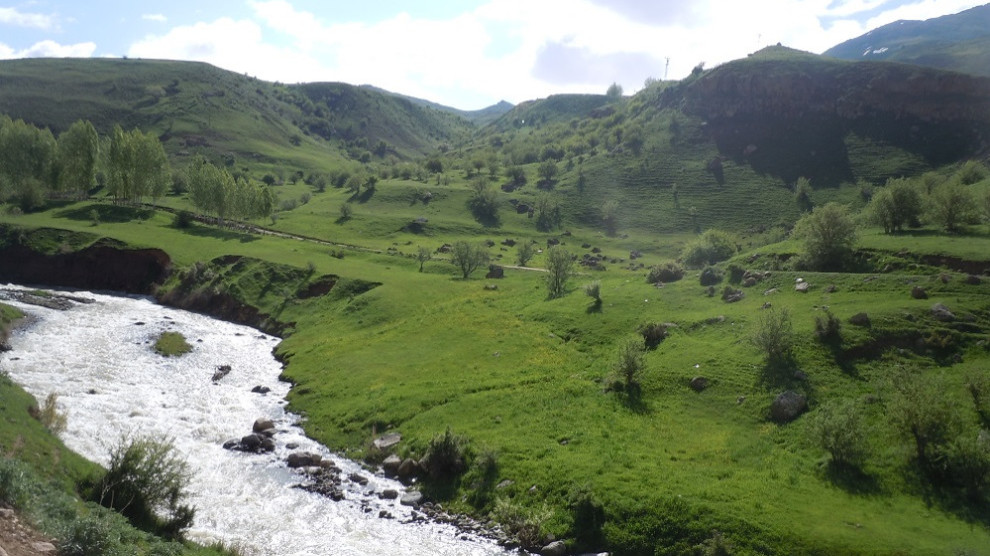Zilan Valley: A 90-year long history of destruction
The region of Zilan is among the richest when it comes to endemic plant and animal population.
The region of Zilan is among the richest when it comes to endemic plant and animal population.

It hosts large agricultural fields, pastures and springs, very fertile for livestock. It is one of the places where the Pearl Mullet fish, known as Van fish, lives. Zilan is also reach in resources such as minerals.
The region, which has a history of thousands of years, has hosted many civilizations such as the Urartu, also known as the Kingdom of Urartu or the Kingdom of Van, a civilization which developed in the Bronze and Iron Age.
Urartu was an interesting civilization as it sprang from a confederation of kingdoms which had developed from the 14th or 13th century BCE onwards. A recognisable and independent state known as Urartu developed from the 9th century BCE which combined these smaller kingdoms, probably in response to an external threat from Assyria.
A continuation of the policies applied by the state to the region of Zilan is the construction of 4 HPPs. The first thing done when a HPP project begins is to force people out of their lands. The area where the Hydroelectric Plant will be located will end up deserted, no people, no animals, no agricultural lands.
A first HPP project was launched in Zilan in 2014. The Plant construction was approved despite the objection of the villagers. It was stopped by the Council of State decision in 2015. Despite the decision of the State Council however, the HPP construction was restarted two months ago.